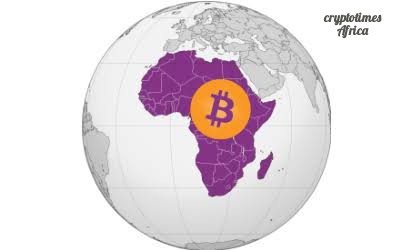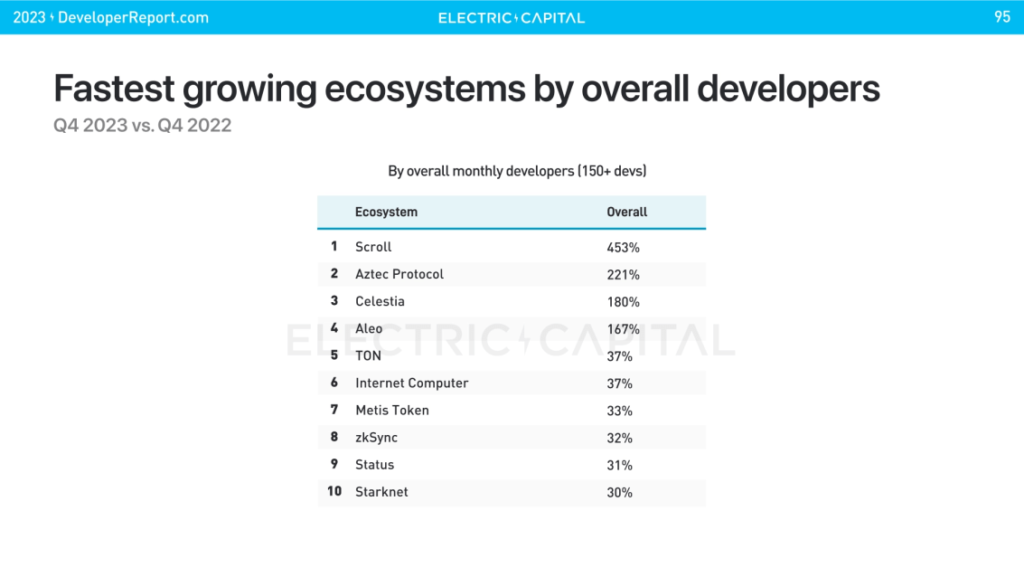
4% of All Blockchain Developers Globally Are in Sub-Saharan Africa, Says 2023 Developer Report
South Asia, Latin America, Eastern Europe, Western Africa, and Southern Europe collectively gained a 20% share of developers since 2018, emerging as new hubs for crypto innovation.
Cryptocurrency projects experienced 22,411 monthly active open-source developers in 2023, the latest developer analysis by Electric Capital shows.
While this number marked an overall 24% decrease in the number of developers, a resilient segment comprising seasoned developers with over 2 years of tenure and significant code contributions is on a steady rise.

According to the report by Electric Capital developers with more than 2 years of experience, reached an all-time high with an impressive 52% annualized growth over the past five years. However, the flip side reveals a stark contrast, as newcomers to the crypto space experienced a significant -52% YoY drop, raising questions about the factors influencing their entry and retention.
One of the most notable shifts is the industry’s move towards multi-chain development is that 30% of developers now support more than one blockchain, a tenfold increase from 2015. The trend extends further, with 17% of developers endorsing three or more chains in 2023, marking an all-time high.

This shift underscores the industry’s growing complexity and the need for developers to adapt to diverse blockchain ecosystems.
The growth in developer numbers is not uniform across projects, emphasizing a nuanced landscape where developers are discerning about the projects they choose to contribute to. This ‘voting with their feet’ phenomenon reflects a dynamic ecosystem where developers seek projects that provide real utility and align with their vision for the future of blockchain technology.
In a clear sign of decentralization, the global distribution of crypto developers is evident. The U.S, once a dominant player, has seen a 14% decline in developer share since 2018, now comprising only 26% of the crypto developer community.
Conversely, South Asia, Latin America, Eastern Europe, Western Africa, and Southern Europe collectively gained a 20% share of developers since 2018, emerging as new hubs for crypto innovation.

The share of African developers increased by a percentage point from the 3% point reported in 2022.

As the crypto space continues to evolve, these trends highlight the industry’s resilience, diversification, and globalization. The decentralization of development talent and the rise of multi-chain development open doors to collaboration and cross-cultural exchange.

